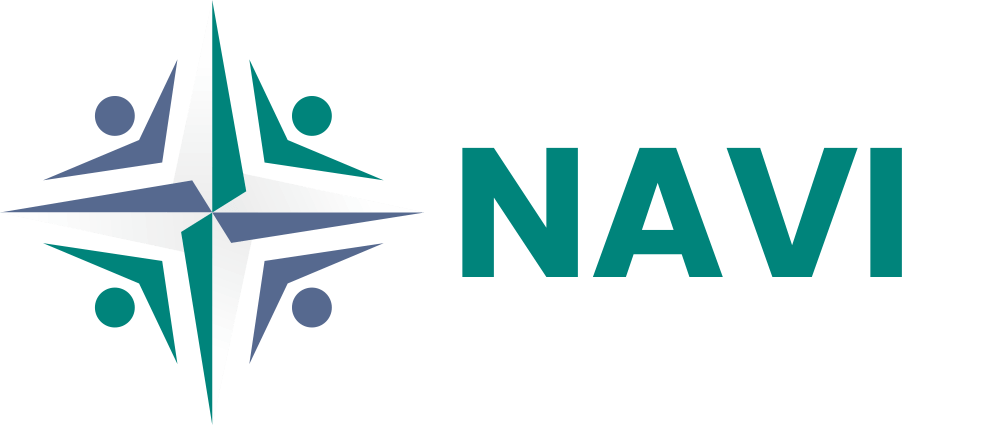As discussions of Europeanizing NATO continue to surface in policy circles and think tank environments, Europe’s evolving role in the alliance is coming into sharper focus. NATO has historically been a transatlantic security organization, with the United States playing a leading role in terms of both military leadership and strategic assets. However, with the U.S. increasingly focused on challenges in the Indo-Pacific and growing calls within Europe for greater autonomy, questions arise about whether Europe can, or should, assume a more dominant role within NATO. While the idea of a more European-led NATO is appealing to some, it remains a complex issue laden with military, political, and strategic challenges.
Europe’s Military Dependence on the U.S.
One of the most significant obstacles to Europeanizing NATO is Europe’s current reliance on the U.S. for strategic military support. This includes assets such as nuclear deterrence, intelligence-sharing, and high-end expeditionary forces, which European nations, even when combined, struggle to match. According to The National Interest (2023), despite some moves towards enhancing European military capacity, these efforts have been uneven, with many European nations still falling short of NATO’s defense spending target of 2% of GDP. This disparity raises questions about whether Europe can truly defend itself independently, let alone lead NATO.
While European nations have made some strides in strengthening their defense capabilities, the progress has been fragmented. For example, Germany has recently announced plans to increase defense spending, and France continues to invest in its nuclear deterrent. However, these steps are not uniform across Europe, with many nations in the EU still lagging in defense investment (The National Interest, 2023). GIS Reports (2023) also highlight that while Europe has the industrial and economic base to support greater defense autonomy, political and operational gaps hinder this potential from being fully realized. Consequently, Europe’s dependency on the U.S. for crucial strategic assets may not diminish in the near term.
Political Fragmentation and the EU’s Crisis of Confidence
The political landscape within Europe further complicates the possibility of Europeanizing NATO. Europe is currently grappling with what Carnegie Europe (2024) refers to as a “crisis of confidence,” where internal political fragmentation and the rise of populist movements challenge the unity necessary for collective action on defense and security. This fragmentation often leads to national interests taking precedence over collective defense initiatives. The EU’s efforts to craft a cohesive foreign and defense policy have been continually hampered by diverging priorities among member states.
For instance, some Western European nations might be more inclined to pursue European defense autonomy, while countries in Eastern and Central Europe remain deeply skeptical. Nations like Poland and the Baltic states, which feel particularly vulnerable to Russian aggression, are hesitant to support any moves that would reduce American involvement in European security. For these countries, the presence of American troops on European soil is seen as an essential deterrent against Russian expansionism (Carnegie Europe, 2024). This divide between Eastern and Western European security priorities further complicates the path toward a more unified European defense identity within NATO.
Incremental Steps Toward Defense Autonomy
Despite these challenges, there are signs that Europe is slowly moving towards greater defense autonomy. Initiatives like the Permanent Structured Cooperation (PESCO) within the EU, which aims to deepen defense collaboration among member states, and the European Defence Fund (EDF), designed to stimulate innovation in defense technologies, are steps in the right direction (GIS Reports, 2023). These initiatives demonstrate Europe’s willingness to invest in its own security and to work toward a more integrated defense strategy.
However, as the Atlantic Council (2024) notes, while these initiatives show promise, they remain insufficient for Europe to replace the U.S. as the backbone of NATO. PESCO, for example, has yet to yield significant operational results, and European defense cooperation remains limited in scope. Moreover, the EDF, while important, primarily focuses on technological innovation rather than the broader integration of military capabilities necessary for Europe to lead NATO effectively. The gap between Europe’s defense ambitions and its actual capacity to fulfill them remains substantial.
The Transatlantic Relationship: A Balanced Approach
An additional dimension of the transatlantic relationship that has gained prominence in recent years is the concept of “de-risking but not de-coupling” – a strategic framework suggested for Europe’s relationship with China and echoed in discussions about the U.S.-Europe relationship within NATO. This phrase captures Europe’s desire to reduce its reliance on any single actor without severing ties altogether. As applied to NATO, this could translate into Europe assuming more leadership within the alliance while remaining connected to the U.S. for strategic support, thus allowing NATO to strengthen without fully “decoupling” from American assets and influence.
Interestingly, this approach is viewed not merely as a European initiative but as a strategy encouraged by the U.S. through leaders like Ursula von der Leyen. The concept of “de-risking” aligns with the idea of a balanced NATO where Europe incrementally shares more of the defense burden without undermining the U.S. role in the alliance. By pursuing this middle ground, Europe can foster a degree of strategic independence without the potential risks of a full decoupling – a move that could prove destabilizing in the current global security environment.
The current geopolitical landscape, marked by Russia’s invasion of Ukraine and rising tensions in Eastern Europe, further underscores the importance of continued American involvement in European security. However, the U.S. also faces competing priorities, particularly in the Indo-Pacific region. As such, NATO’s future is likely to involve a greater degree of European leadership, with Europe focusing on regional defense and crisis management while the U.S. maintains its critical role in providing nuclear deterrence and advanced intelligence capabilities.
U.S. Position on Europeanization of NATO
It’s also important to consider the United States’ stance on Europeanization within NATO, as any shift toward a more European-led alliance would require American cooperation and support. The U.S., while expressing support for European defense autonomy, may be cautious about ceding too much control, as it remains a key stakeholder in NATO and values its influence within European security dynamics. Washington’s stance can be seen as a balancing act between encouraging Europe to take on more responsibility and ensuring that American strategic interests in Europe are not undermined.
American officials have voiced support for a more balanced NATO, especially if it means reducing the U.S. defense burden. Yet, they are wary of moves that could reduce American influence over NATO’s strategic direction. For instance, the U.S. is supportive of initiatives like PESCO but remains hesitant about more ambitious European defense proposals that could duplicate or sideline NATO functions. Given the current security landscape, the U.S. views NATO’s transatlantic framework as essential and would likely resist any significant shifts that could compromise its strategic position in Europe.
Conclusion: A Long Road Ahead
In conclusion, while the idea of Europeanizing NATO is theoretically possible, it remains an uphill battle in practice. Europe faces significant political, military, and operational challenges that complicate its ability to assume a more dominant role within NATO. As Europe contemplates its future in NATO, it must also confront questions of whether it has sufficient time, resources, and unity to achieve a more autonomous defense posture. The timing of such a transformation is particularly critical, as the continent is currently navigating a period of relative peace but faces ongoing crises and the looming threat of potential conflicts, notably with Russia.
The future of NATO will likely depend on a balanced partnership between Europe and the U.S., with Europe gradually taking on more responsibility while continuing to rely on American support. By pursuing a “de-risking but not de-coupling” approach, Europe can assert more leadership within NATO without alienating the U.S. or compromising the alliance’s transatlantic foundation. This strategy, encouraged by both European leaders and the U.S., seeks to ensure that NATO remains robust and adaptive in an increasingly multipolar world. In this evolving security environment, NATO’s strength will continue to lie in its transatlantic partnership, as Europe’s potential for greater autonomy coexists with the reality of American strategic indispensability.
References
Carnegie Europe (2024). The EU’s Crisis of Confidence. Retrieved from https://carnegieendowment.org/europe/strategic-europe/2024/10/the-eus-crisis-of-confidence?lang=en¢er=europe
The National Interest (2023). Can Europe Defend Itself? Retrieved from https://nationalinterest.org/feature/can-europe-defend-itself-212638
Atlantic Council (2024). Unleashing U.S.-EU Defense Cooperation. Retrieved from https://www.atlanticcouncil.org/in-depth-research-reports/report/unleashing-us-eu-defense-cooperation/
GIS Reports (2023). Europe’s Defense Potential. Retrieved from https://www.gisreportsonline.com/r/europe-defense-potential/
Mustafa Kirisci is an adjunct professor at Moravian University. His research interests fall in terrorism, civil conflict, cybersecurity, interstate conflict and civil-military relations studies. His peer-reviewed papers appear in well-known journals of security studies, such as International Interactions, Terrorism and Political Violence, Government and Opposition, Critical Studies on Terrorism, Defense and Peace Economics, Dynamics of Asymmetric Conflict. His opinion pieces are published in TheConversation, Political Violence at a Glance, Inkstickmedia and Defense Domain.


